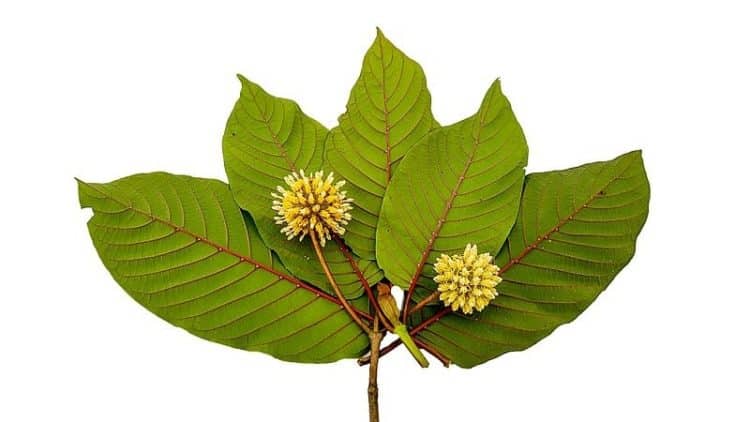Mitragyna speciosa, commonly known as kratom, is a plant gradually gaining popularity across the globe. Having origins in Southeast Asia, this plant has active pharmacological components of particular interest. Mitragynine, an active ingredient in kratom, has been associated with opioid-like effects. [1]
Other “popular uses” of kratom include providing relief from fatigue, anxiety, and depression. Kratom leaves are chewed whole or can be taken as teas or capsules. [1]
Kratom Extraction Methods
Traditionally, kratom extraction is carried out by maceration or Soxhlet extraction. [2] Ultrasound-assisted extraction (UAE) and microwave-assisted extraction (MAE) are less popular but have shown immense potential. One study [2] evaluated the raw extract and alkaloid yields of different extraction methods, both conventional and non-conventional.
Dried leaves were obtained as samples from different origins (Thailand, Malaysia, and Indonesia). The alkaloid yield from UAE, MAE and supercritical carbon dioxide extraction (SFE–CO2) methods were compared. This was done with high performance liquid chromatography coupled with electrospray ionization mass spectrometry (HPLC/ESI-MS). Mitragynine and four other common alkaloids were analyzed.
Best Techniques for Kratom
Both the raw product and the alkaloid yields were influenced by the extraction technique used on M. speciosa leaves.
Highest overall alkaloid yield was observed from MAE in a closed vessel at 110 °C. This method was considered most efficient. On the other hand, UAE with an immersion horn at 25 °C and methanol demonstrated the highest yield for mitragynine (with relative decreases in the other alkaloids). Methanol and ethanol/water generated the highest raw extract yields due to their polarity. The researchers also noted that the leaves from Indonesia were richest in alkaloids.
Although potential uses of alkaloids from kratom are controversial, the study paved way for future investigations. [2] The legality of kratom in the US is a grey area though advocacy is at its peak. The Kratom Consumer Protection Act (KCPA) has been enacted in some states to protect consumers. States such as Oregon are moving towards a fully-legal but regulated market.
Image Source
References
- Prozialeck WC, Jivan JK, Andurkar SV. Pharmacology of kratom: An emerging botanical agent with stimulant, analgesic and opioid-like effects. JAOA, 2012;112(12): 792-799. Cited: 39 (PubMed), Journal Impact Factor: n/a
- Orio L, et al. UAE, MAE, SFE-CO2 and classical methods for the extraction of Mitragyna speciosa leaves. Ultrasonics Sonochemistry, 2012;19(3):591–595. Cited: 4 (PubMed), Journal Impact Factor: 6.513











